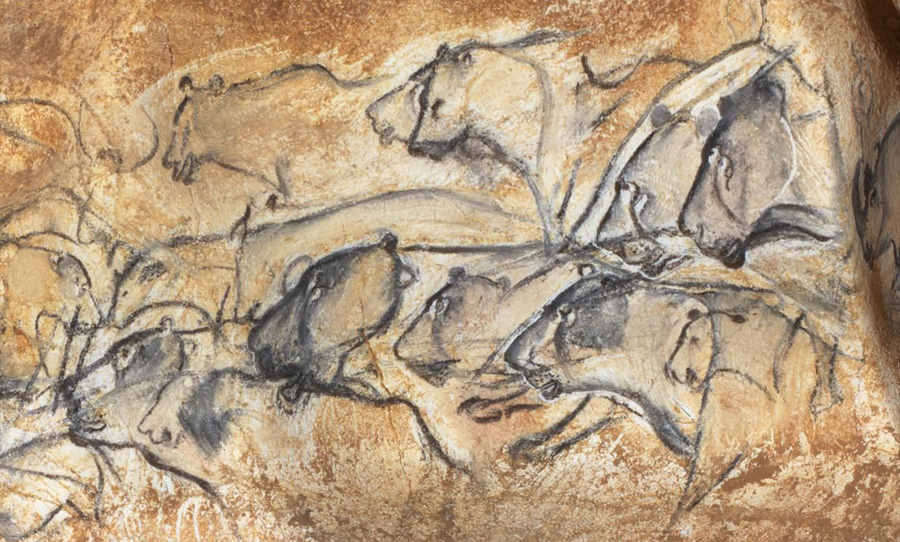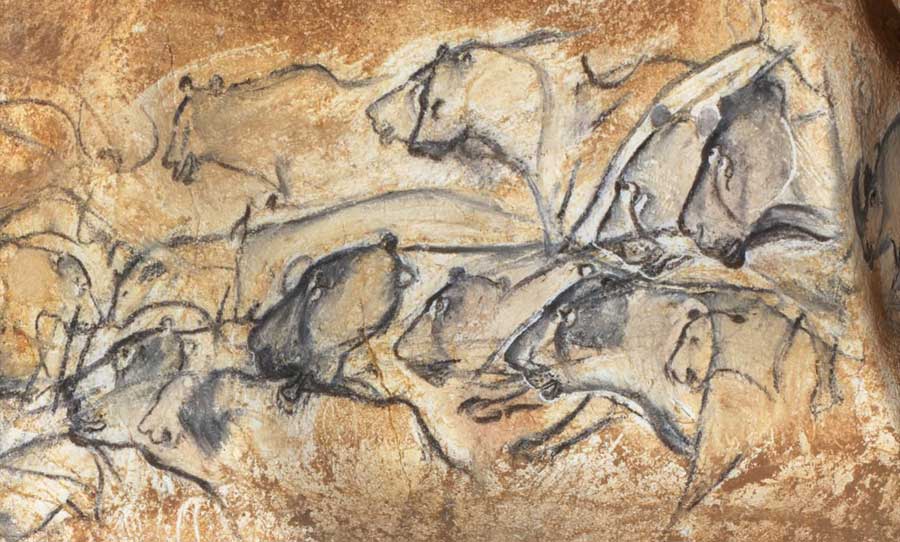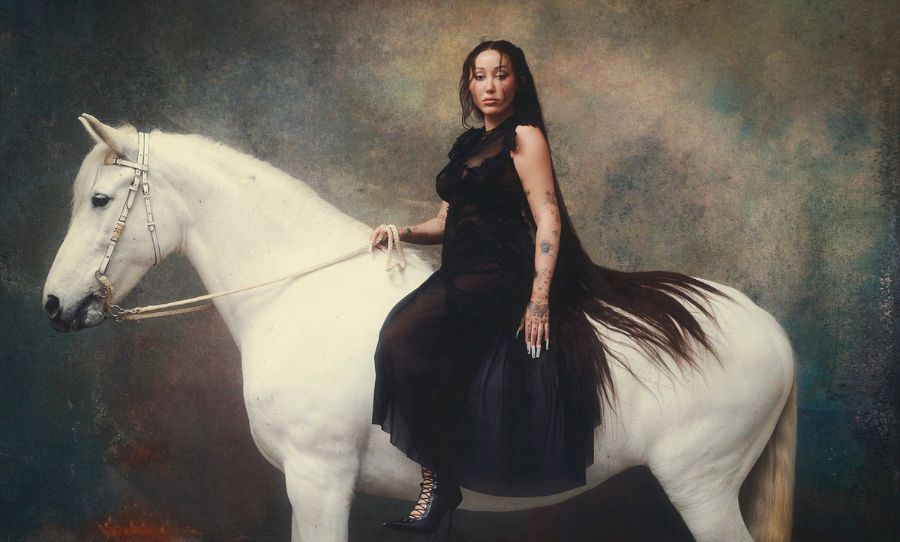The question of why we do what we do is one that plagues any living, breathing, barely-monetising creative person. When you spend hours poring inexplicably over a creative activity, producing and yet barely assuming any level of what could typically be defined as productive, you’re forced to reflect on where exactly that momentum stems from.
Peering briefly through the barely-justifiable lens of evolutionary psychology, we’re told that creativity is a central component of sexual advertising. The evolutionary model tends to believe that art, an almost uniquely human activity, developed for the same reason that male peacocks grew their tail feathers or male bison knocked their skulls against one another repeatedly; to (and I believe I’m using the scientific terminology) get pussy.
This article appears in Happy Mag Issue 12: The Sex Issue. Subscribe to Happy Mag here.

What motivates the creative mind? Is something deeper at play, or is art just an unnecessarily complex mating ritual?
In this particular framework, we’re led to believe that the figurative artwork on the walls of Chauvet cave in France (not our best work but still quite good) were a sexual display, a commercial for some ideal genetic traits ready to be passed on.
The problem with this idea isn’t just that it’s fundamentally reductionist – it really doesn’t make a great deal of sense if you sit with it for more than a little while.
For example, there are greater applications for creativity beyond awkward stick-figure buffalo paintings, mostly related to problem solving for the sake of survival. And there are also insistent displays of creative talent that seem to counter-intuitively fail in reaping the benefits of sex (I can name upwards of seven musicians who fit into this category).
There is also no gender difference in expression of artistic creativity, which contradicts the development of sexual demand that we see in the aesthetic difference between men and women. Biopsychologist Nigel Barber notes that the burden of biological advertisement (looking hot, for the layman) has fallen on women because men were more in demand for mating in our prehistory. This would concurrently suggest that women should be more creative than men if the evolutionary perspective was accurate – and that’s just not the case.
In fact, people who display more androgynous traits tend to be the most creative.
That’s not to say that art isn’t sexy – it is. The mythologising of artistic people as sexual idols wouldn’t be so ingrained in culture if it weren’t. Yet there is clearly a more complex process at play that drives people to put pen to paper, or fingertips to keys, or knuckles to wax (I don’t know what your fucking art is like man, I’m not judging).
Cognitive psychologist and linguist Steven Pinker proposes that artistic creativity is actually just a by-product of human skills (not intelligence, mind you, the two don’t appear to be correlated). Pinker describes that art – at its core an aesthetically pleasing and communicative concept – was borne of a human desire to feel safe in the world. Beautiful things tend to be fertile and nutritious, two concepts our strange little primate brains desire at length.
The idea that art is some random assemblage of other facets of our brains actually fits rather comfortably with what we know about creativity. The dominant neurological theory of creativity posits that it is the sum of two types of cognition we all engage in. One being the default mode brain, which is what we experience when the mind is wandering and daydreaming, and the other being the central executive network that directs goal-oriented behaviours (I tend to imagine the latter as a woman in a pinstripe pantsuit calling the shots at the front of the brain).
When united, the unfettered daydream machine is selectively filtered by the pantsuited woman. The creative brain needs both to function optimally – certain deficits in the brain can lead to an increase in the generation of creative ideas but they tend to be at the detriment of quality, as demonstrated by people in manic states.
However, what these theories and explanations tend to miss, in my barely-educated opinion, is an essence of artistic creativity that gives credit to people beyond the primate brain. There’s very little humanity in these explanations, there’s no spiritual element that captures our emotional intelligence and admits that our tendency to devote years of our lives to art and music can be entirely philosophical – and maybe just a little bit sad.
As a writer, singer-in-times-gone-by and insistent creator of various useless things, I’ve always believed that the core of my motivation is love – and specifically the love that comes from recognition. That’s a vulnerable and weird thing to say, admittedly, but I think it’s likely that a great deal of creative people feel the same way. Love, as an existentially validating activity, is an enormously motivating force that can be satisfactorily extricated from any notion of fucking.
The last time I spent weeks of my life devoted to completing an illustration, I was doing it because I needed to say goodbye to somebody that I loved very deeply. I needed to portray him in a gentle, committed way on paper because I knew that I had no more memories left to make with him in his wide, welcoming bed. So I sat and I drew him like that as an act of catharsis and I shared the final product with nobody at all.
Maybe it’s grandiose, but I think we have to be allowed to believe that art is more than a peacock’s feathers or some bizarre mish-mash of neurological functions. It’s bigger than that because instinctually, it feels bigger than that.
Unless you really are just writing music because you think it will get you head, in which case, all power to you. Hope it works out.
This article appears in Happy Mag Issue 12: The Sex Issue. Subscribe to Happy Mag here.


